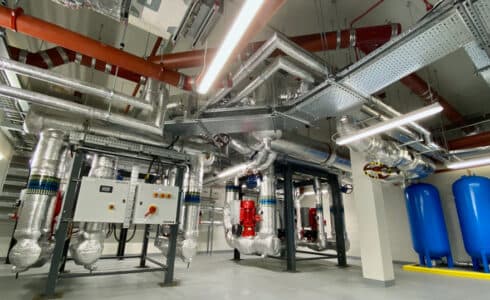Risk Assessment for Monitoring Locations
Identifying High-Risk Areas
To effectively monitor contamination in a cleanroom, it’s crucial to identify high-risk areas. These are spots where contamination is most likely to occur and affect the product or process. Typically, monitoring is done near critical surfaces where direct contamination from the air is expected. However, other important points, like sources that release high concentrations of airborne particles, should also be considered.
Conducting Formal Risk Assessments
A formal risk assessment helps in selecting the best monitoring locations. This involves evaluating the probability and severity of contamination risks. The risk-based approach is often used, which looks for and assesses hazards. For example, using a threshold value for risk rating can help decide which locations to monitor. If the threshold is set at four, locations with a risk rating above this value are selected.
Using Informal Risk Assessment Methods
Informal methods can also be useful. These are based on knowledge of the cleanroom’s functioning and the manufacturing process. While not as detailed as formal methods, they can still provide valuable insights. For instance, knowing where contamination is likely to transfer to the product can help in choosing monitoring spots.
Identifying and assessing high-risk areas is essential for effective contamination control in cleanrooms. Both formal and informal methods can be used to ensure the best monitoring locations are selected.



